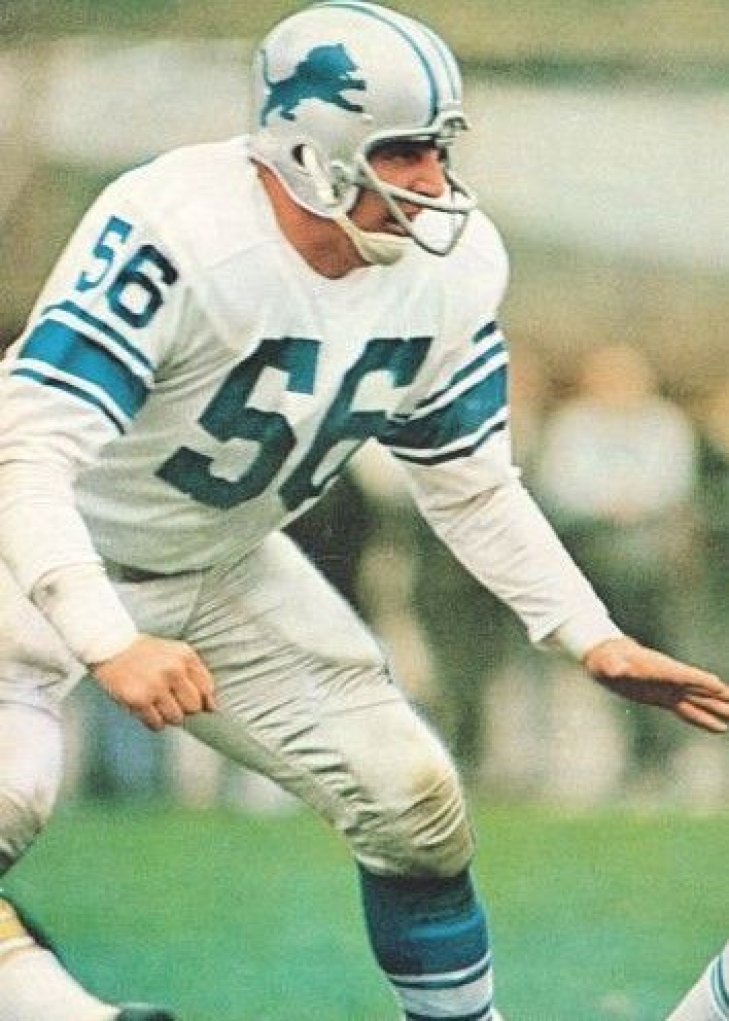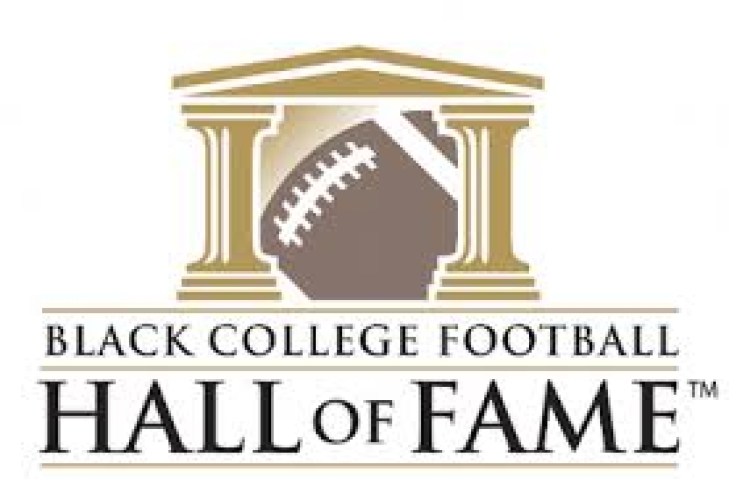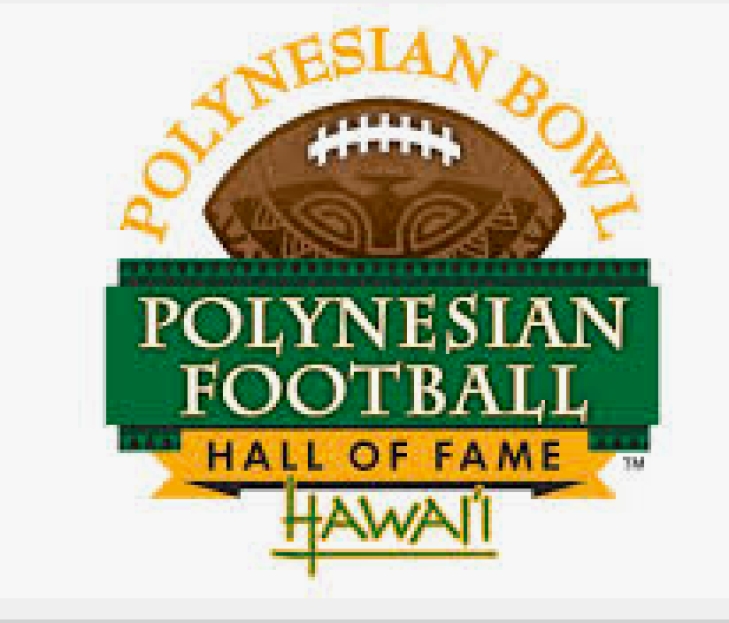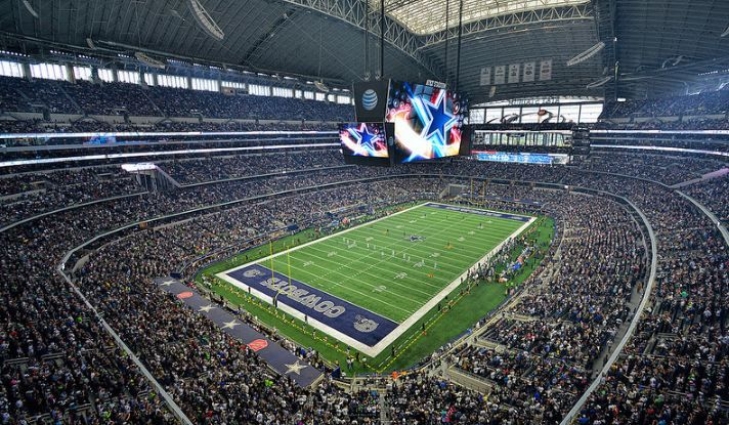
Committee Chairman
The Pro Football Hall of Fame Revisited Project: 1971 Preliminary VOTE
1971 PRELIMINARY RESULTS:
Thank you to all who participated in the Pro Football Hall of Fame Revisited Project. If you are still determining what that is, we acted like the PFHOF had its first class in January 1946.
We have completed the first 25 years thus far.
For “1971,” a Preliminary Vote with close to 100 players whose playing career ended by 1965. We are also following the structure in that players have 20 years of eligibility, and if they do not make it into the Hall, they are relegated to the Senior Pool.
Each voter was asked to select 25 names from the preliminary list, and the top 25 vote-getters were named Semi-Finalists.
A week later, the voters will be asked to pick 15 names from the 25 Semi-Finalists, and next after, they will pick five from the remaining 15. We will continue this process weekly until we catch up to the current year.
Please note that a significant change occurred “years ago,” allowing voters to submit less than the allotted spots.
32 Votes took place.
This is for the “Modern Era”
Bold indicates they advanced to the Semi-Finals:
*Indicates they have been removed from future ballots.
|
Player |
Year of Eligibility |
Vote Total |
|
Dick “Night Train” Lane DB-E |
1 |
32 |
|
Jim Brown RB |
1 |
31 |
|
Joe Schmidt LB |
1 |
31 |
|
Hugh McElhanney HB |
2 |
27 |
|
Mike McCormack T-G |
4 |
22 |
|
Marshall Goldberg FB |
18 |
21 |
|
Pat Harder E |
13 |
21 |
|
Rosey Brown T |
1 |
21 |
|
Billy Howton E-Fl |
3 |
20 |
|
Ward Cuff WB-QB-HB |
19 |
19 |
|
Alan Ameche FB |
6 |
19 |
|
Charlie Conerly QB |
5 |
19 |
|
Bill Osmanski FB |
19 |
18 |
|
Tank Younger FB-LB-HB |
8 |
18 |
|
Gene Lipscomb DT |
4 |
18 |
|
Bruno Banducci G |
12 |
16 |
|
Woody Strode E |
17 |
15 |
|
Bucko Kilroy G-MG-T-DT |
11 |
15 |
|
Billy Wilson E-FL |
6 |
15 |
|
Vic Sears T-DT |
13 |
14 |
|
Les Richter LB-C |
4 |
14 |
|
Jim Ray Smith G-T |
2 |
11 |
|
Harlon Hill E-DB |
4 |
10 |
|
Charley Brock C-HB |
19 |
9 |
|
Spec Sanders TB |
16 |
9 |
|
Frankie Albert QB |
14 |
9 |
|
George Wilson E |
20 |
8 |
|
Frank Cope T |
19 |
7 |
|
Les Bingaman DG-G-C |
12 |
7 |
|
Bob Gain DT-DE-MG-T |
2 |
6 |
|
Bobby Walston E-HB-K |
4 |
4 |
|
Buster Ramsey G |
15 |
3 |
|
Paul Lipscomb T-DT |
12 |
3 |
|
Leon Hart E-FB-DE |
9 |
3 |
|
Marion Campbell DE-DT-MG-G-T |
5 |
3 |
|
Walt Michaels LB |
3 |
3 |
|
Alex Webster HB-FB |
2 |
3 |
|
Frank Varrichione T |
1 |
3 |
|
*Parker Hall TB-HB |
20 |
2 |
|
*Bob Masterson E |
20 |
2 |
|
Jim Lee Howell E |
19 |
2 |
|
Baby Ray T |
18 |
2 |
|
Duane Putnam G |
4 |
2 |
|
Ray Wietcha C |
4 |
2 |
|
Ray Renfro HB-FL |
3 |
2 |
|
John Nisby G |
2 |
2 |
|
Jack Stroud G-T |
2 |
2 |
|
Bud McFadin DT-DG-LB-G |
1 |
2 |
|
Pug Manders HB-TB |
19 |
1 |
|
Chet Bulger T |
16 |
1 |
|
Paul Christman QB |
16 |
1 |
|
Ted Frisch FB |
16 |
1 |
|
Dick Huffman T |
16 |
1 |
|
Tommy Thompson QB |
16 |
1 |
|
Ray Bray G |
14 |
1 |
|
Bill Fischer T-G-DT |
13 |
1 |
|
Hugh Taylor QB |
12 |
1 |
|
George Ratterman QB |
10 |
1 |
|
Bob Boyd E-DE |
9 |
1 |
|
Chuck Drazenovich LB-FB |
7 |
1 |
|
Hardy Brown LB-DB-FB |
6 |
1 |
|
Art Spinney G-DE |
6 |
1 |
|
Tom Brookshier DB |
5 |
1 |
|
Kyle Rote E-HB |
5 |
1 |
|
Johnny Olszewski DB-HB |
4 |
1 |
|
Bill Forester LB-MG-DT |
3 |
1 |
|
Andy Nelson DB |
2 |
1 |
|
Jerry Norton DB-HB |
2 |
1 |
|
Jim Schrader C |
2 |
1 |
|
Tom Scott DE-LB |
2 |
1 |
|
Bob Toneff DT-DE-T-LB-G |
2 |
1 |
|
Tom Tracy HB-FB |
2 |
1 |
|
J.C. Caroline DB-HB |
1 |
1 |
|
Bill Groman WR-FL |
1 |
1 |
|
Dub Jones B-DB-WB-TB |
11 |
0 |
|
Abe Gibron G |
7 |
0 |
|
*Woodley Lewis DB-E |
6 |
0 |
|
Harley Sewell G |
3 |
0 |
|
*Don Burroughs DB |
2 |
0 |
|
*Lindon Crow DB |
2 |
0 |
|
*Marv Matiszak LB |
2 |
0 |
|
*Jesse Whittendon DB |
2 |
0 |
|
Tony Banfield CB |
1 |
0 |
|
Terry Barr HB-DB-FL |
1 |
0 |
|
Eldon Denenhauer T |
1 |
0 |
|
Dick Harris CB |
1 |
0 |
|
Ed Hussmann DT-G-DE-LB |
1 |
0 |
|
Bob Mischak G-TE |
1 |
0 |
|
Fred Williams DT-G |
1 |
0 |
This is for the “Senior Era”
Bold indicates they advanced to the Semi-Finals:
*Indicates that they will be removed from the ballot permanently.
|
Player |
Year |
Votes |
|
Buckets Goldenberg |
1 |
19 |
|
Whizzer White |
5 |
18 |
|
Ace Gutkowski |
7 |
14 |
|
Al Nesser |
14 |
11 |
|
Joe Kopcha |
10 |
10 |
|
Glenn Presnell |
10 |
8 |
|
Joey Sterneman |
16 |
7 |
|
Wildcat Wilson |
17 |
6 |
|
George Svendesen |
5 |
6 |
|
Gus Sonnenberg |
16 |
5 |
|
Gaynell Tinsley |
6 |
5 |
|
Jack Manders |
6 |
4 |
|
Father Lumpkin |
9 |
3 |
|
Pete Tinsley |
1 |
0 |
Please note that three voted for “None of the Above.”
This is for the “Coaches/Contributors”
Bold indicates they advanced to the Semi-Finals:
*Indicates that they will be removed from the ballot permanently.
|
Name |
Year |
Votes |
|
COMM: Bert Bell |
2 |
30 |
|
COACH: Clark Shaughnessy |
2 |
23 |
|
COACH: Buddy Parker |
2 |
22 |
|
COACH: Greasy Neale |
2 |
14 |
|
OWNER: Tim Mara |
2 |
13 |
|
OWNER: Charles Bidwill |
2 |
11 |
|
OWNER: George Preston Marshall |
2 |
6 |
|
OWNER: Dan Reeves |
2 |
5 |
|
EXEC: Arch Ward |
2 |
5 |
|
COACH: Jim Lee Howell |
2 |
3 |
|
OWNER Violet Bidwill |
2 |
2 |
|
GM: Ray Walsh |
2 |
2 |
|
EXEC: Lee Joannes |
2 |
1 |
|
COACH: Buck Shaw |
2 |
1 |
|
OWNER: Alexis Thompson |
2 |
1 |
|
OWNER: Edwin J. Anderson |
2 |
0 |
|
OWNER: James P. Clark |
2 |
0 |
|
GM: Don Kellett |
2 |
0 |
|
COMM: Elmer Layden |
2 |
0 |
|
OWNER: Arthur McBride |
2 |
0 |
|
GM/CONT: Dick McCann |
2 |
0 |
|
OWNER: Tony Morabito |
2 |
0 |
|
GM/EXEC: Arch Wolfe |
2 |
0 |
Next week, we will announce the Semi-Finalists for the 1971 Pro Football Hall of Fame Revisited Project.
The Black College Football Hall of Fame names its 2025 Class
The Black College Football Hall of Fame has announced that six names will comprise the Class of 2025.
The group marks the 16th Class, and will see Henry Dyer (Grambling State), Coach Fred “Pop” Long (Wiley College), Rashean Mathis (Bethune-Cookman), Jacquay Nunnally (Florida A&M), Dominique Rodgers-Cromartie (Tennessee State) and Jay “Sky” Walker (Howard) inducted.
The class will be honored in Atlanta on June 7, 2025.
Henry Dyer (Grambling State). Dyer was a three-time All-SWAC player (1963-65) and the school’s first 1,000-Yard rusher.
Reshean Mathis (Bethune-Cookman). Mathis was a First Team All-MEAC Selection (2000, 2001 & 2002) and was the 2002 MEAC Defensive Player of the Year. He holds the FCS record for Interceptions (31), Interceptions in a season (14), Interception Return Yards (682), and Interception Return Yards in a season (455).
Jacquay Nunnally (Florida A&M). Nunnally was the Black College Football Player of the Year in 1998 and 2000, was a four-time All-MEAC Selection, and a three-time Division I All-American. The quarterback threw for 4,239 Yards and 38 Touchdowns.
Dominique Rodgers-Cromartie (Tennessee State). The star Cornerback was a three-time All-OVC Selection and was an FCS All-American in 2007.
Jay “Sky” Walker (Howard). Walker took Howard to a MEAC and Black College National Championship and was the 1993 MEAC Offensive Player of the Year. The QB passes for 3,324 Yards.
Fred “Pop” Long (Wiley College). Long led Wiley to ten SWAC Titles and three Black College Football National Championships.
We here at Notinhalloffame.com would like to congratulate the impending Black College Hall of Fame members.
The Polynesian Football Hall of Fame names its 2025 Class
The Polynesian Football Hall of Fame has announced that Chris Kemoeatu, Jim Nicholson, and Kalani Sitake will comprise the Class of 2025.
The class will be honored from January 17 to 19 on a weekend including the Polynesian Bowl.
Of Tongan ancestry, Kemoeatu was an All-American at Utah in 2004 and was drafted in the sixth round by the Pittsburgh Steelers. The Guard played seven NFL seasons (all with Pittsburgh), where he played 75 Games and won two Super Bowls (XL & XLIII).
Nicholson, who has Samoan ancestry, played his college ball at Michigan State. He was drafted in 1973 by the Kansas City Chiefs, where he played from 1974 to 1979, and the Tackle would later play for San Francisco (1981).
Sitake played his college football at BYU, where the Fullback was part of their first Mountain West Championship team in 1999. He later went into coaching and took over the Head Coaching job at BYU in 2016, which he still holds today.
We here at Notinhalloffame.com would like to congratulate the impending Polynesian Football Hall of Fame members.
What are the Top 5 NFL Stadiums for Football Fans?
Every fan probably thinks that their NFL team’s stadium is the best overall. But there is a lot of joy to be taken from traveling around to the homes of other teams and taking in the wonderful mix of historic and newly constructed stadiums in the league.
There’s a whole mix of things that go into picking favorite stadiums. For some, it may be the atmosphere, while for others, it's all about price. Bias must be put aside for this as well, and instead, we can lean on the collective view of fans regarding the best NFL stadiums.
From famous old stadiums like Soldier Field and Lambeau Field to the much newer modern behemoths like the impressive Cowboys’ AT&T Stadium (which arguably set the tone for modern venues when it opened in 2009), which of the current stadiums slot into our top five?
What Counts?
Before looking at the list of the top five NFL Stadiums, it’s important to gauge what really matters to fans. Naturally, the amenities themselves play a big part because fans want to ensure that they have a good view of the game, bathrooms are up to scratch, and there’s a good variety of food and drink around.
How easy is it to travel into town and get to the stadium, whether that’s flying in, catching the train, or driving, is also part of the experience. Visiting fans also want to feel safe, even though they are in the minority numbers on an away day. Feeling welcomed by opposing fans is a great part of the traveling experience, and then there is the history of the stadium.
A venue like Soldier Field (which has been around for more than 100 years), is still going to give first-time visitors a special buzz, unlike some of the newer, modern football stadiums. The final thing, and arguably the most important, is pricing. Getting priced out of seats in places like Vegas and Philadelphia is easy, while teams like the Jags and the Saints trend towards the lower-priced average ticket prices.
Lambeau Field Green Bay Packers
Realistically, there was only going to be one name at the top of the list. Lambeau Field delivers an old-school football experience like no other. Often cold enough to freeze your beer before you’ve had a chance to chug it, the stadium was opened in 1957 and has a capacity of over 80,000 people.
Walking through the stadium is like walking through the history of football and mingling with the legends of the game. This is the one stadium that is at the top of most NFL fans’ bucket list of places to visit, but getting tickets isn’t easy.
SoFi Stadium, Los Angeles Chargers and Rams
Heading off to warmer California, SoFi Stadium, home to the Chargers and the Rams, cost a cool $5.5 million to construct and it opened in 2020. It’s easily one of the most modern, best fan experiences to be had, including the now-famous wrap-around jumbotron.
The Rams even launched an interactive augmented reality experience of the SoFi Stadium for fans left behind at home. The SoFi Stadium is a beautiful open-air bowl, and it will fittingly be the venue for the 2026 Super Bowl.
US Bank Stadium, Minnesota Vikings
With almost 10 years of calling the US Bank Stadium home now, Minnesota Vikings fans are proudly enjoying life in an amazing stadium. There is a capacity of more than 66,000 at the US Bank Stadium, and while it is a dome venue, it just feels a little different because of its transparent roof.
Another great touch of the stadium, which was so well-thought-out, are the views of the city at both ends of the stadium. It just makes the fans feel more connected to the environment and helps to build a wonderful experience. The stadium feels enormous and, at the same time, intimate with the action on the field. Plus, the volume inside this magnificent stadium is on a scale that you just don’t get elsewhere indoors.
Arrowhead Stadium, Kansas City Chiefs
Opened back in 1972, Arrowhead Stadium is still one of the most visited, and best NFL Stadiums around, with a capacity of more than 76,000. This is a great example of the subjectiveness of the game day experience because this one isn’t so much about the stadium itself, it’s about the unrivalled experience you get there.
The atmosphere is always rocking at the Arrowhead. It’s right up there for the home-field advantage factor, along with the Packers at Lambeau, but the Arrowhead holds the record for being the loudest-ever outdoor stadium.
The one knock against the stadium is that it sits, rather boringly, out in the middle of nowhere, in the middle of an uninspiring parking lot. Still, given that the team has had so much recent success, the Arrowhead Stadium has turned into something of a fortress and a must-visit NFL stadium.
Lucas Oil Stadium, Indianapolis Colts
There is something wonderfully nostalgic and appealing about the Lucas Oil Stadium. It looks like an old-style school basketball gym with its massive bank of windows behind the end zone. Even though it was built in 2008, the fact that it has a retractable roof just adds to the NFL game day experience.
It’s one of the greatest stadiums for sight lines, and there’s a reason why it’s so highly regarded as a venue for playing Super Bowl host. For anyone coming in from out of town, another reason why the Lucas Oil Stadium checks so many boxes is because of its location.
It’s right in the heart of Indianapolis, so the infrastructure and amenities around it are great. Think the opposite of the Arrowhead Stadium—you can easily walk to bars and restaurants in proximity to the stadium, which makes it overall a great pre- and post-game location, providing plenty of opportunity to mingle with the locals.
Honorable Mentions
Again, the list of the top five NFL stadiums is always subjective, and it’s down to personal tastes more than anything else concrete. There’s no stadium more opulent than the Las Vegas Raiders’ home, the Allegiant Stadium, with its marble floors and air-conditioned tailgate spaces. There’s the ‘Beast Quake” at Lumen Field, the home of the Seattle Seahawks, which gives the team that 12th-man vibe.
At the end of the day, it is very much about personal experience, and there are some amazing NFL stadiums at which to get such experiences for both the die-hard football fans and the casual ones.





